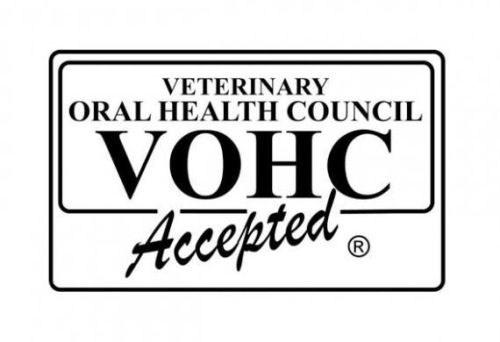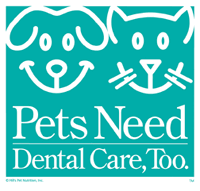Dental disease is a common problem in our pets and can lead to a variety of health issues. It is estimated that 70% of cats over the age of 3 years suffer from some degree of periodontal disease. Every time a cat with periodontal disease chews, bacteria are showered into the bloodstream, which then lodges in the kidneys, liver, and heart causing damage and disease. Additionally, fractured teeth, feline resorptive lesions, and tooth root abscesses are painful and can act as a constant source of discomfort for your cat. Here are a few steps you can take to help maintain the dental health of your cat.
1. Start Brushing Your Cat’s Teeth Early
Start brushing your cat’s teeth when they are still young as part of a routine grooming protocol. This acclimates kittens to the strange sensation of having their teeth brushed so they learn it is nothing to be afraid of. This is also a great way to spend time with your cat while improving his or her health. However, don’t despair if you and your older cat have yet to establish a tooth brushing routine…
2. Make Cat Tooth Brushing a Regular Affair
Every day is best, but if that isn’t possible aim for multiple times a week. Schedule the brushing sessions at the same time and place every day, and make it fun. This way your cat won’t consider it a chore; she may even start reminding you when it’s time to whip out the cat tooth brush.
You’ll want to start with baby steps, regardless of your cat’s age. Start by letting your cat lick a flavored toothpaste made specifically for pets from your finger or the toothbrush, and then brush a few teeth. (Ed. note: Never use human toothpaste, as it can be toxic to your pet if allowed to ingest too much.) When you are finished with the tooth brushing session, use a cat treat as a reward for tolerating the experience. With time and practice, your cat will eventually allow you to brush her whole mouth. However, do keep in mind that you only have to brush the outside surfaces of the cat teeth. The tongue will keep the inside surfaces clean.
3. Buy Products with VOHC Seal
There are many products to help supplement your cat brushing routine such as treats, chews and oral rinses. With all oral hygiene products including cat toothpaste, look for the VOHC seal. This indicates that the Veterinary Oral Health Council certifies the product will be effective in reducing plaque and tartar when used as directed. The most effective products have a VOHC seal that says, “Controls plaque.”
4. Use Dental Cat Food Between Brushings
Diets formulated to address dental heath are a great option to control plaque and tartar between dog/cat dental cleanings. These products are larger than a normal kibble and have a fibrous texture that act like little sponges to wrap around the teeth and help remove plaque bacteria, which can cause gum disease and tartar, from the teeth. There are over the counter as well as prescription options to choose from. However, discuss a diet change with your veterinarian to ensure you are choosing a cat food that is complete and balanced to include all the necessary nutrients your cat needs.
5. Schedule Regular Dental Checkups with Your Vet
You should schedule an annual exam for your cat every year with your veterinarian to assess your pet’s overall health status. During this visit you can discuss any concerns and determine if your cat needs a dental cleaning. Just like people, even with daily brushing our pets will need a more thorough teeth cleaning at some point. Rather than wait for a problem to develop, it is best to perform a cat teeth dental cleaning when only mild gingivitis and/or tartar are present. This will maintain good dental health and prevent disease before it becomes a problem … which in turn helps you save money and keep your pet healthy!





